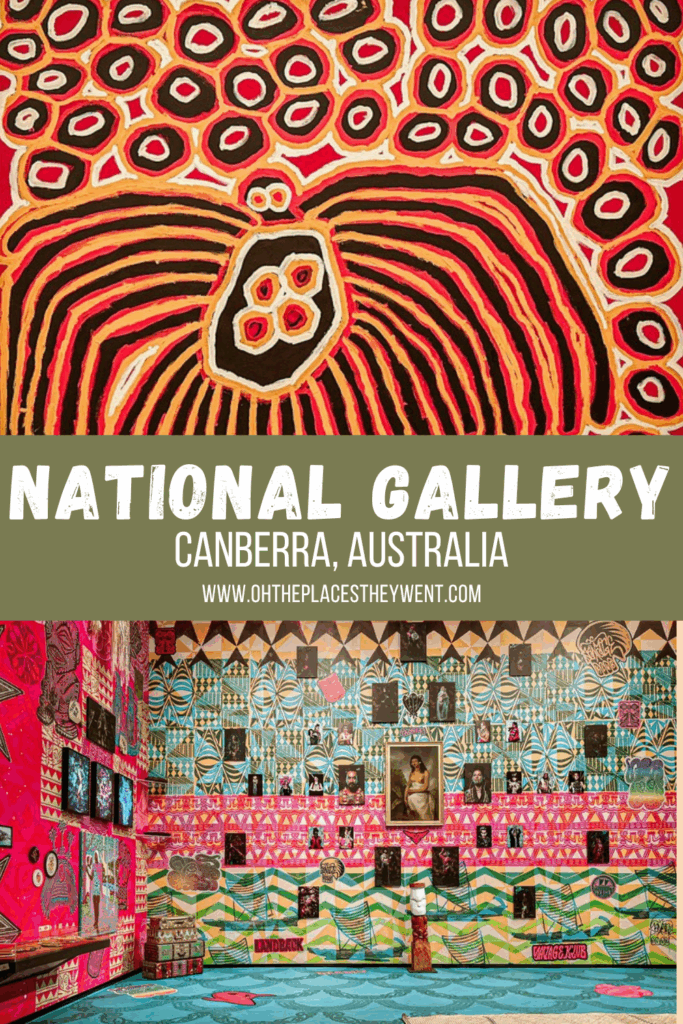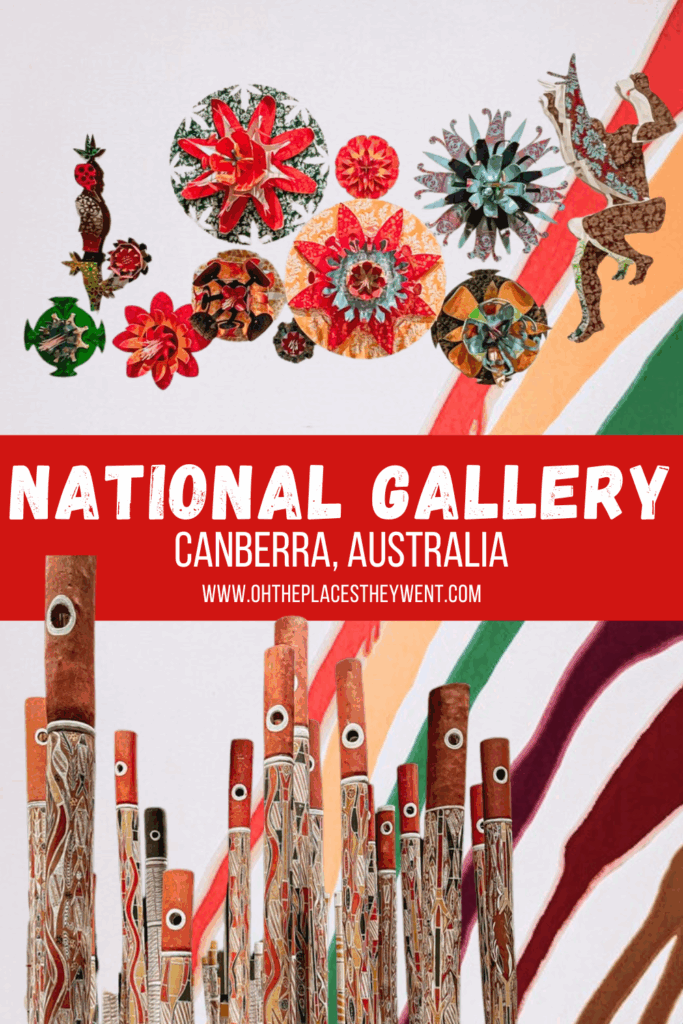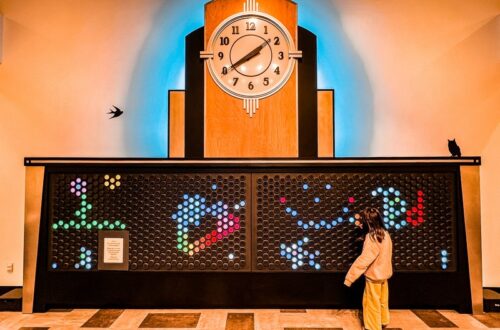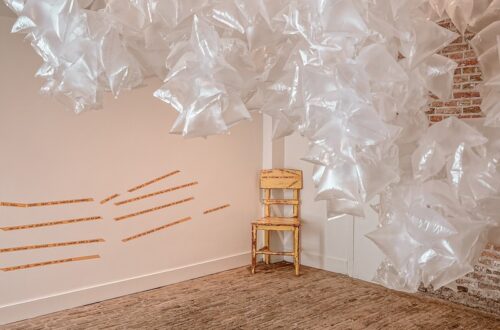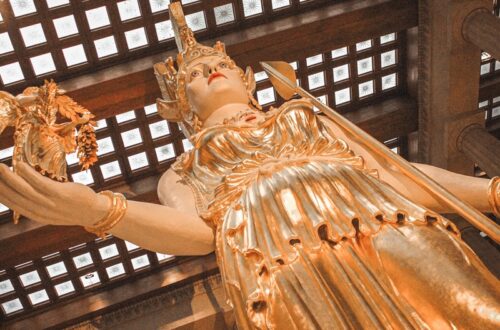The National Gallery of Australia Is The Perfect Reason To Visit Canberra
“Why are you going to Canberra?” That was a question I heard from just about every Australian I know. Apparently, the capital city doesn’t top their travel bucket lists. But I’m here to say: don’t write it off, especially if you’re traveling with kids in Australia.
The capital of Australia is home to a fantastic collection of museums that can fill days with endless adventure and inspiration. For one of the best things to do in Canberra, the National Gallery of Australia needs to be on your Canberra itinerary. Not only did I love the artistic inspiration, but the three kids we had in the group enjoyed it too. Get ready for an indoor/outdoor adventure!
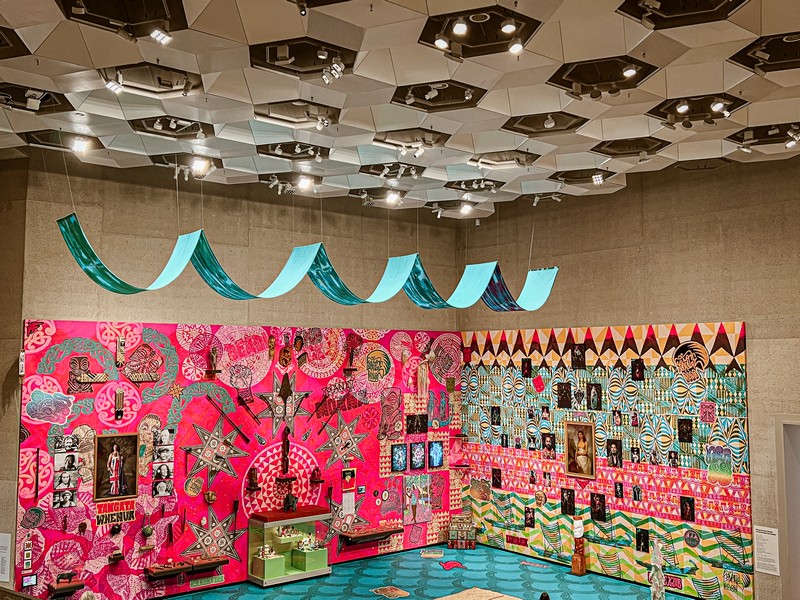
Canberra, Australia has some fantastic things to do. Here’s what to know about the National Gallery of Australia:
(This post contains affiliate links, which means I receive a certain percentage of a sale if you purchase after clicking at no cost to you. Thank you for your support.)
Basic Info
- Address: Parkes Pl E, Parkes ACT 2600, Australia
- Hours: Every day: 10:00am ~ 5:00pm
- Admission: Free
- Website: https://nga.gov.au/
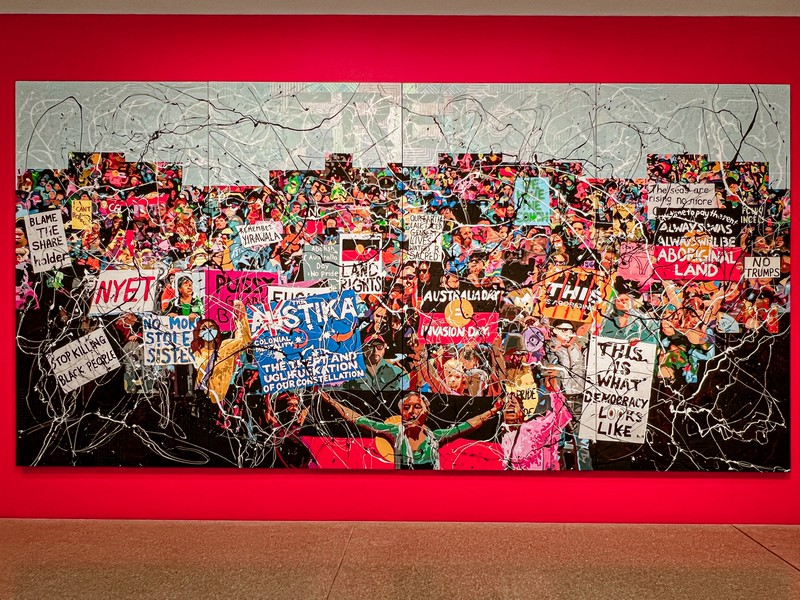
Art, Color, and Culture for All Ages
The National Gallery of Australia is home to the most valuable collection of art in the country, over 155,000 works from more than 15,000 artists. You’ll find masterpieces from French Impressionists and American pop artists, and walk through whole rooms dedicated to Aboriginal and Torres Straight Islander art, which form the largest such collection in the world.
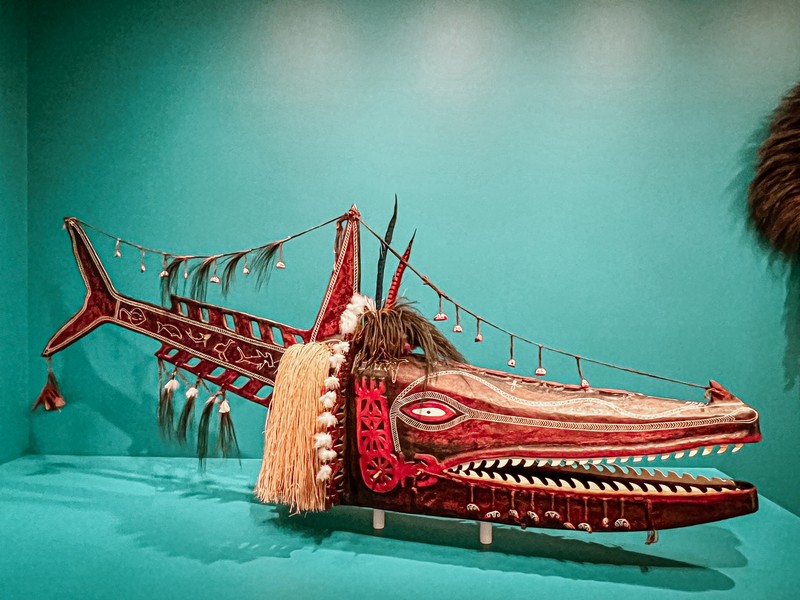

Personally, I was blown away by the range and depth of the exhibits. The layout is spacious, the displays are vibrant and digestible, and it was so easy to navigate, even with three energetic kids in tow. I especially loved discovering Australian artists, their stories and perspectives brought a different kind of richness to the experience.
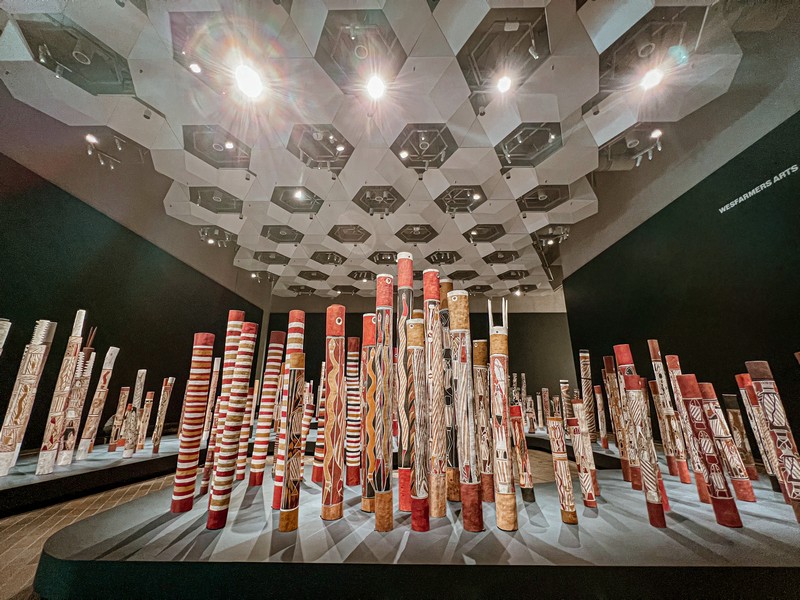

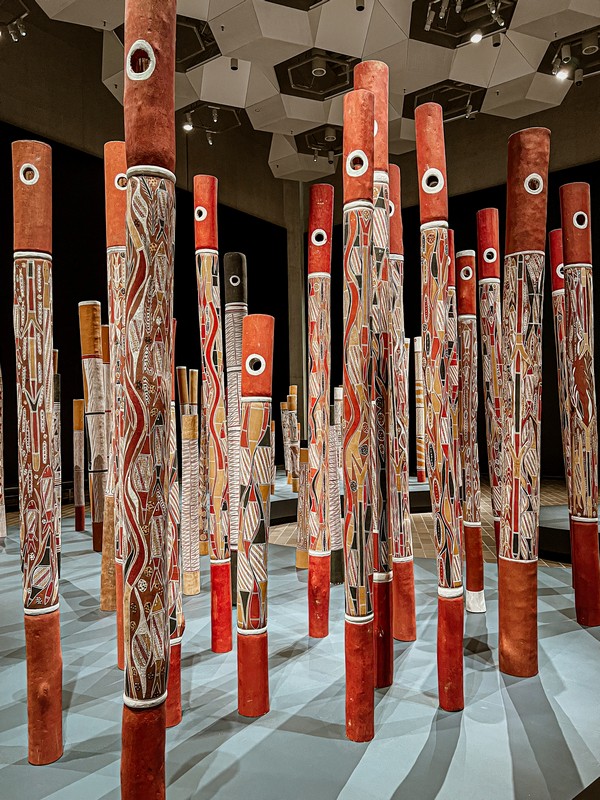
The Aboriginal Memorial
This installation has 200 hollow log ceremonial coffins from Central Arnhem Land created in 1987-1988 in response to the Bicentenary of Australia, which marked 200 years of European occupation. The memorial represents a forest of souls and is, in the words of Mundine ‘like a large war cemetery, a war memorial for all those Aboriginal people who died defending their country’.
As you travel through Australia, you’ll notice a lot of focus to remember, memorialize, and celebrate aboriginal history in Australia. This exhibit helped us learn more about what the memorials symbolize the history. It’s a great starting point.
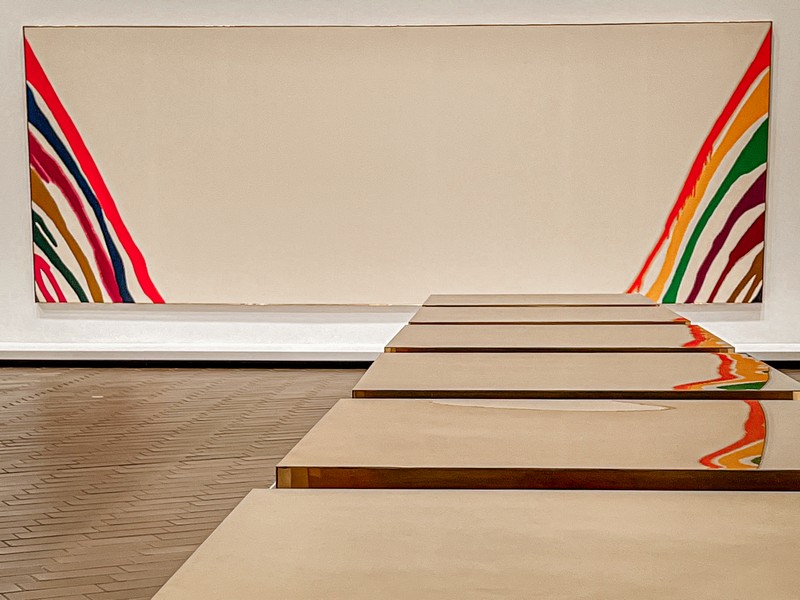

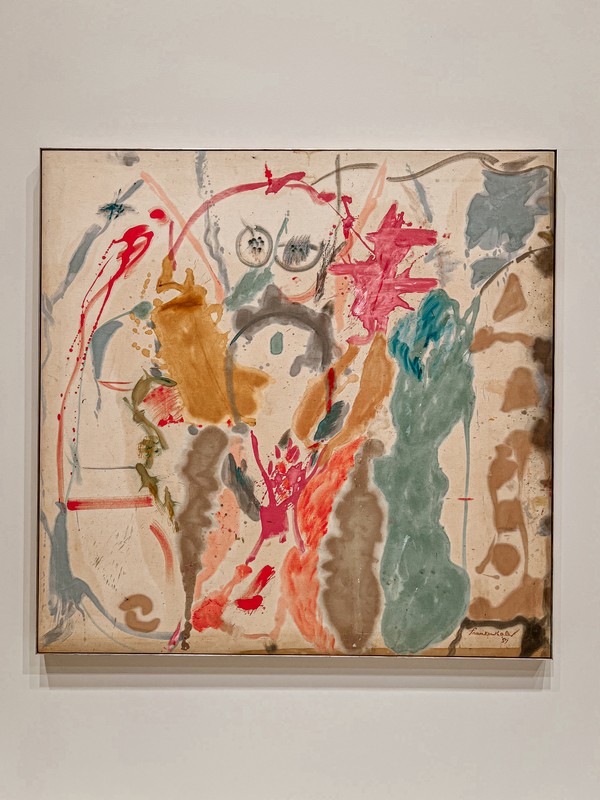
The American Collection from American Friends
If you’re coming from the States, you might be surprised to learn that Americans have played a significant role in shaping the National Gallery of Australia’s remarkable collection. Since 1982, the American Friends of the National Gallery of Australia, a US-based nonprofit, has helped bridge the artistic worlds of Australia and the US.
Through donations, exhibition support, and even a fellowship for emerging Australian artists to study in the States, their impact has been lasting and generous.

The gallery houses works of art by 20th and 21st century American icons like Mark Rothko, Andy Warhol, Chuck Close, Agnes Martin, and Fran Lloyd Wright. The combined value of these donated works tops $40 million USD, but more than that represents decades of cultural connection. Suffice to say, it’s a great addition to the collection and was very recognizable for us.
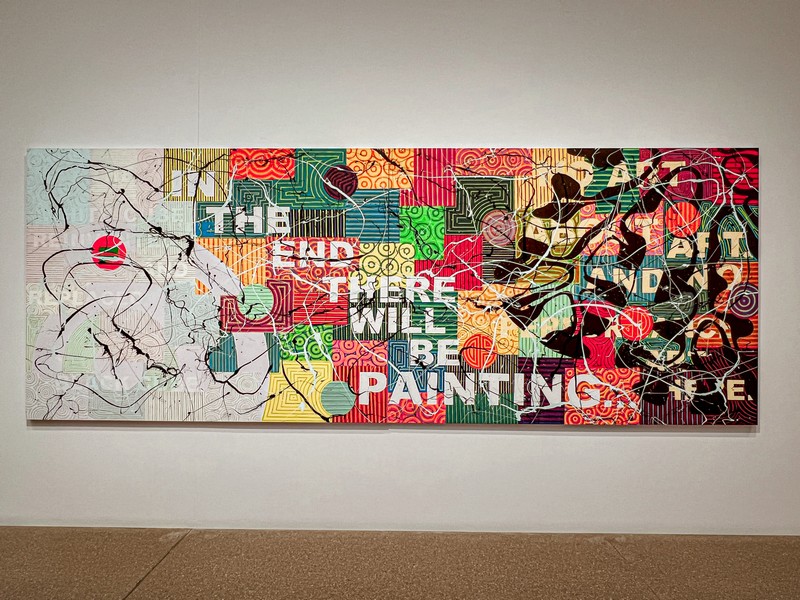
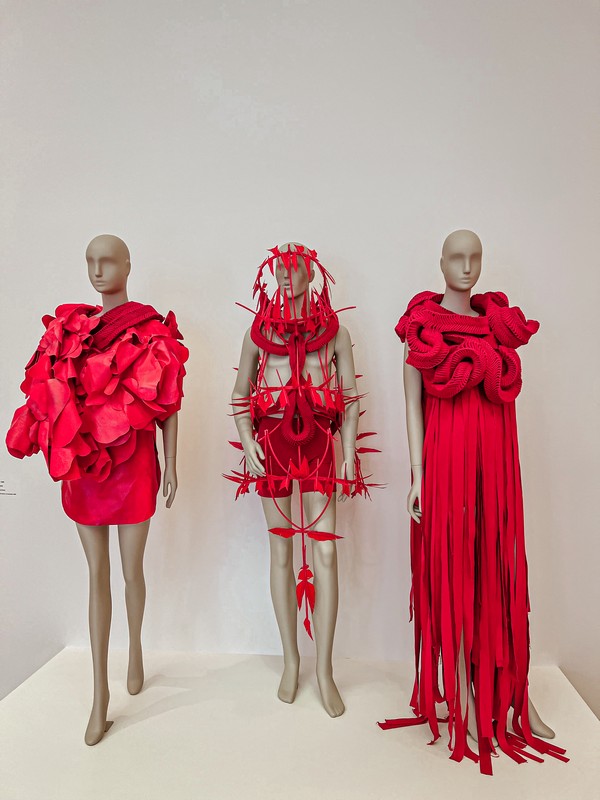
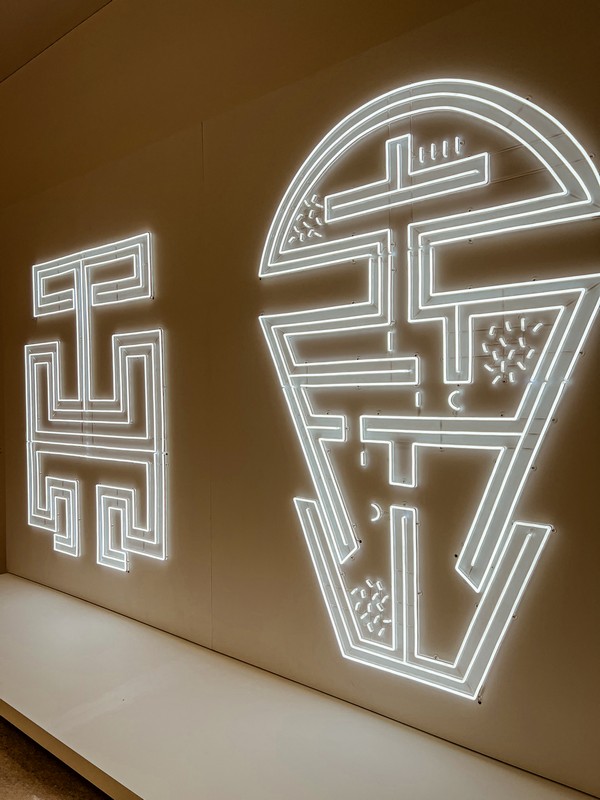
Ever Present: An Encounter with First Peoples Art of Australia
Curated by Tina Baum, a proud Gulumirrgin (Larrakia), Wardaman and Karajarri woman, this exhibition brings together 260 works by over 200 Aboriginal and Torres Straight Islander artists from across Australia.
It’s a vast and moving display that spans traditional forms to contemporary expressions, each piece layered with cultural significance that was especially interesting for us as tourists looking to expand our understanding of Aboriginal art.
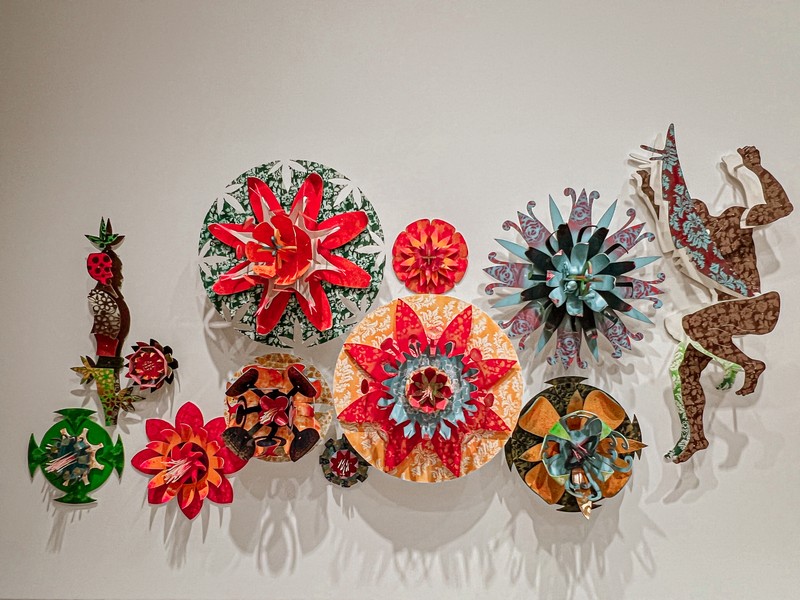
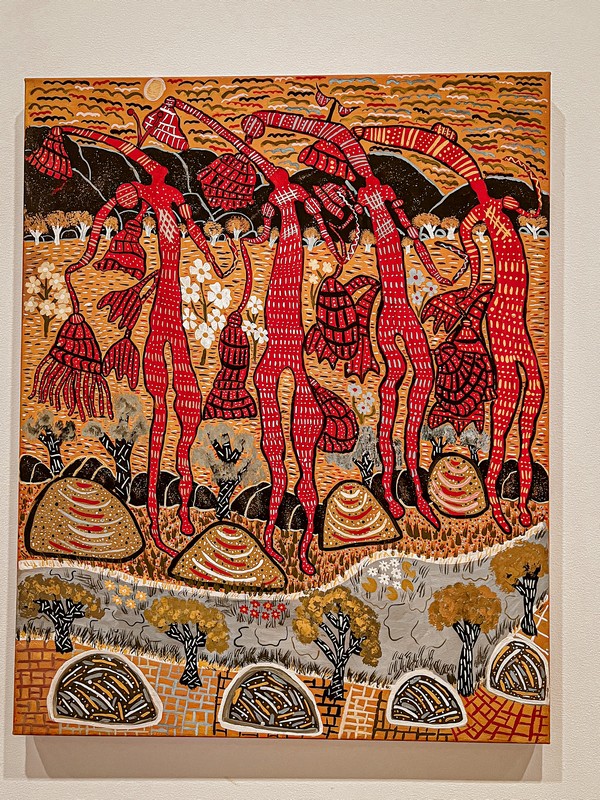
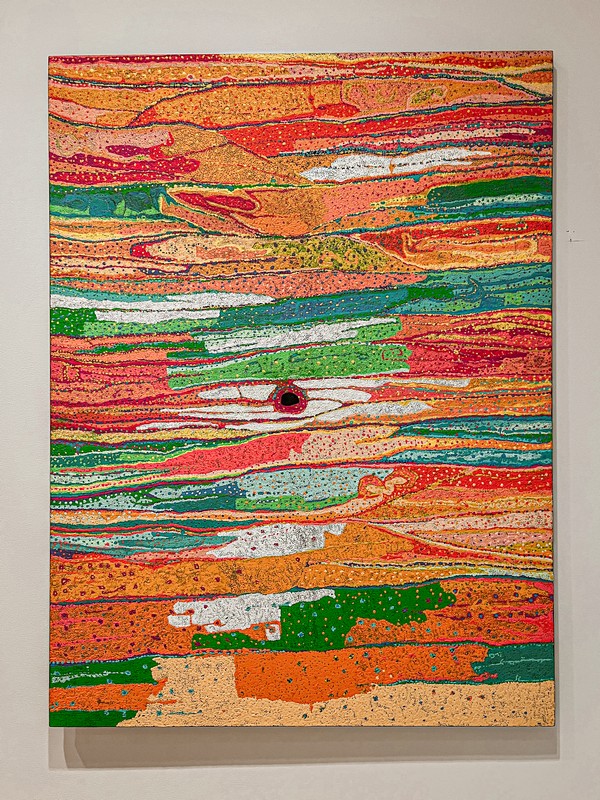
The exhibition is bold and beautiful. While it celebrates the richness and innovation of First Nations artists, it also confronts viewers with uncomfortable truths about Australia’s colonial past and the ongoing impact of displacement. This was an especially meaningful exhibition.
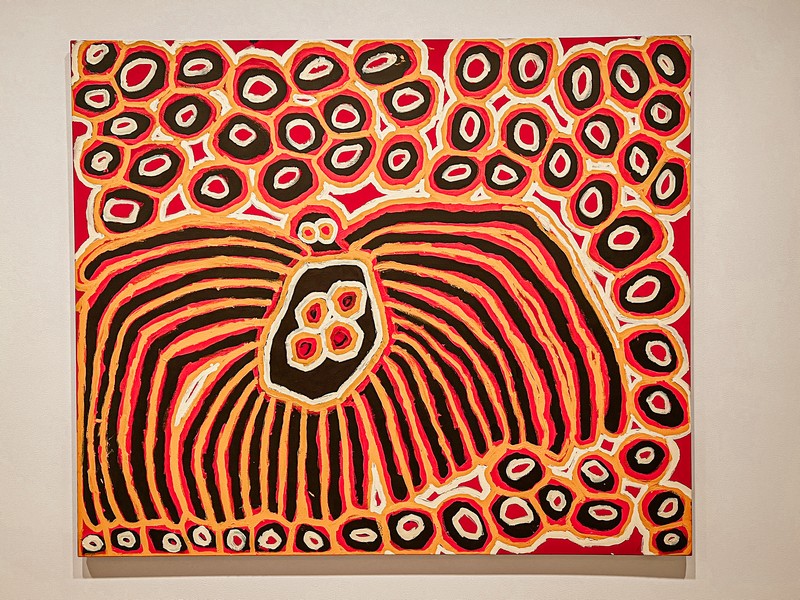

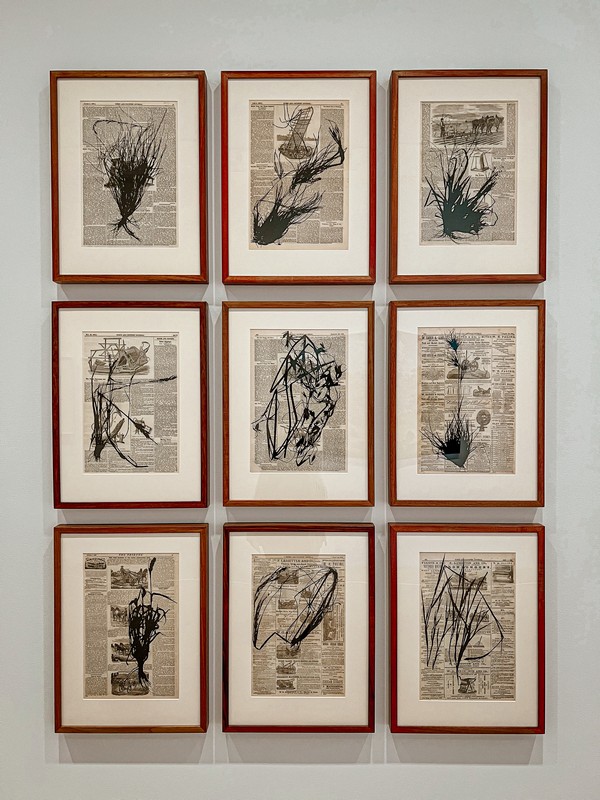
In the words of Tina Baum:
To understand the richness, diversity and depth of Aboriginal and Torres Strait Islander art and culture would take many generations, many lifetimes, but to appreciate it only takes a moment.
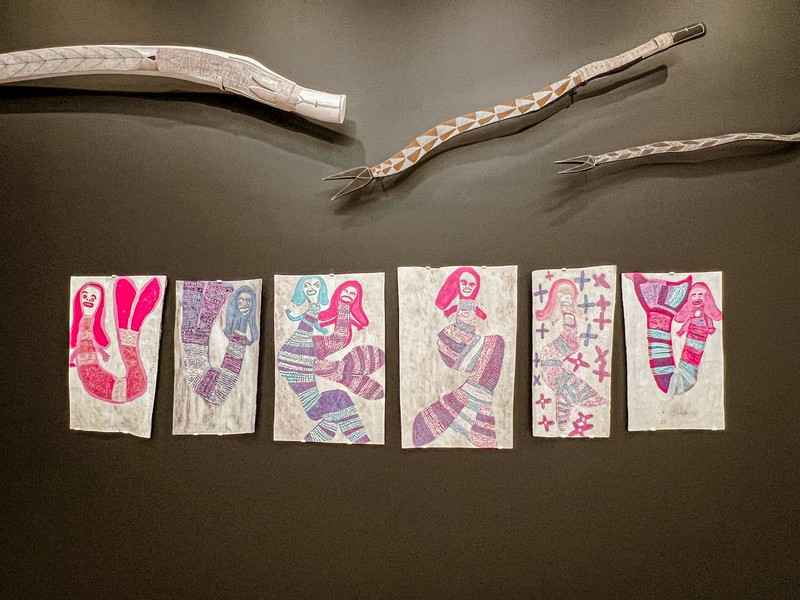

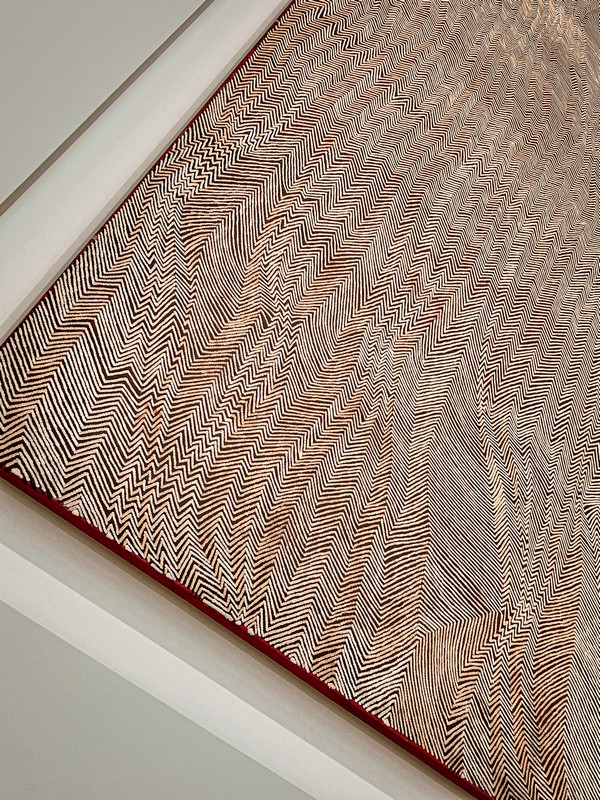
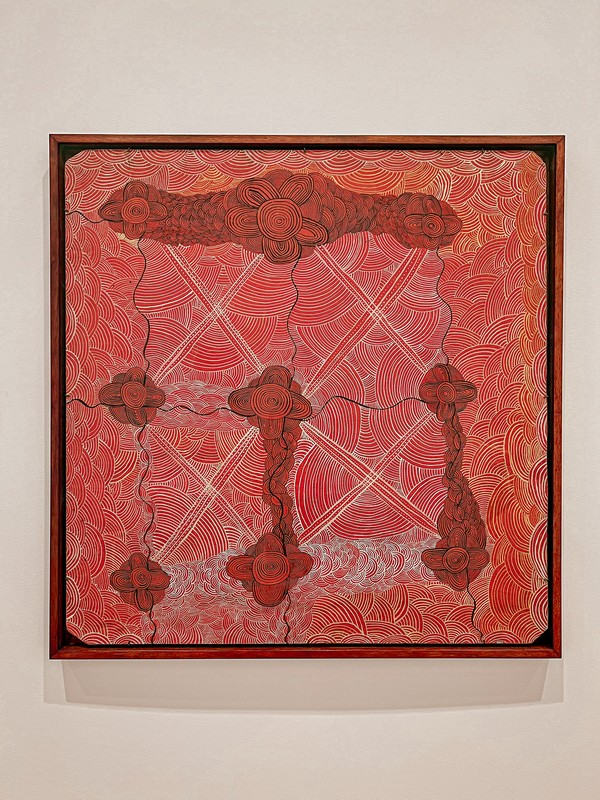
Australia Art Tell a Story
Level 2 of the museum continues to expand into more Australian art that is rotated to provide more and different perspectives to visitors with the fundamental importance being to represent and share First Nations artists and the knowledge of Australian cultural life while acknowledging the stories of the Aboriginal and Torres Straight Islander art.
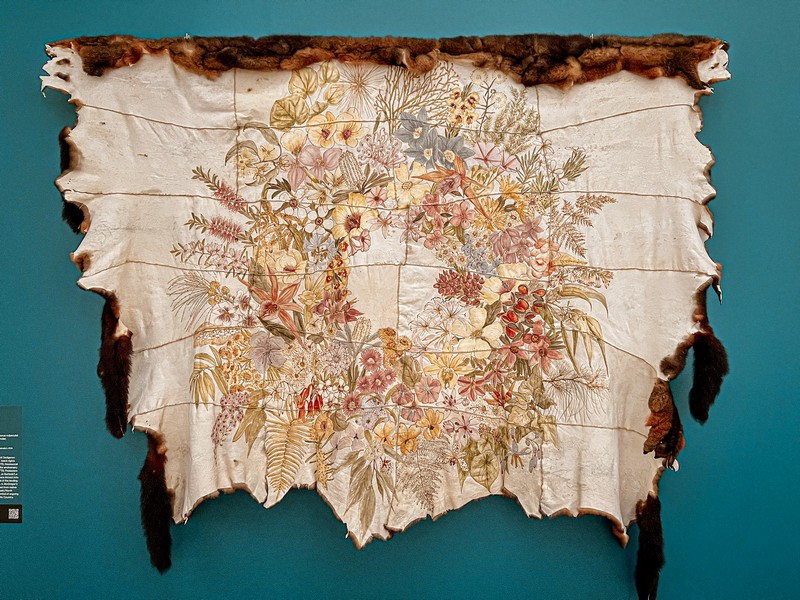
I don’t think you can visit the National Gallery of Australia without seeing this part of the museum to learn more about and appreciate the amazing works of art here.
As a tourist who has visited many a museum all around the world, I really found these sections devoted to Australian art particularly interesting as we just don’t see it as much.
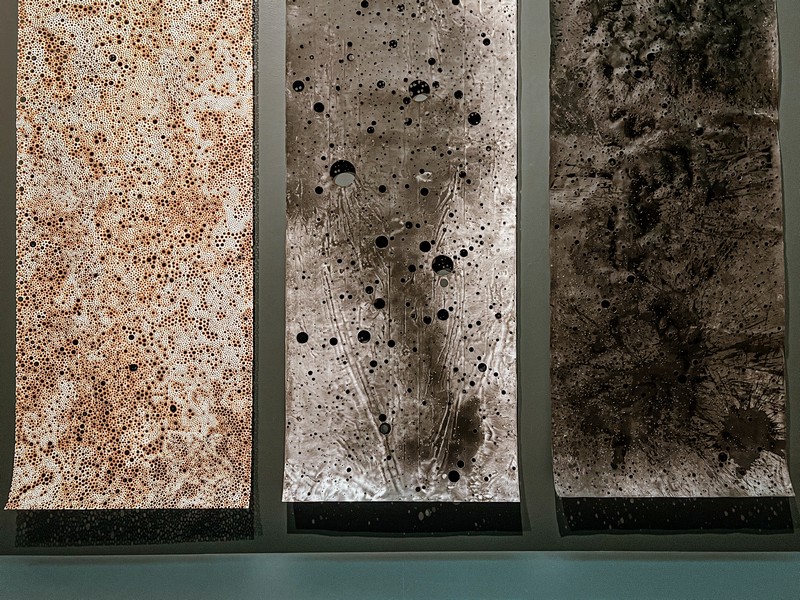
Lindy Lee’s Stars, Spirit, and Stardust
One of the most moving sections for me came when we turned into this softly lit gallery filled with glowing bronze, scorched wood, and quiet starlight. It’s a cosmic, emotional journey through time, identity, and transformation.
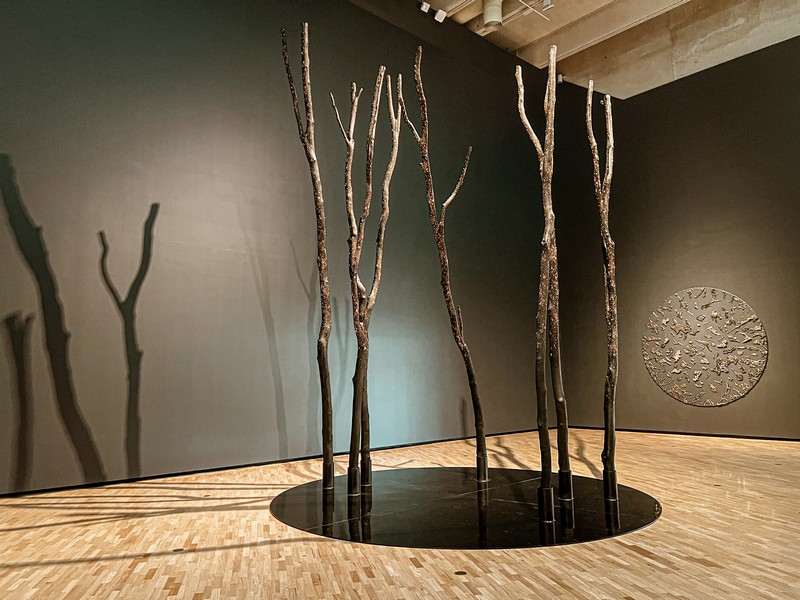
Lindy Lee is one of Australia’s most celebrated contemporary artists and this exhibition was a striking introduction to her works for us. Her works invite you to pause, to breathe, and to consider how everything, identity, emotion, and life itself, are always shifting. Charred Forest, with its scorched camphor laurel trees, blackened by Japanese technique Shou Sugi Ban, and the delicate pin-pricked holes will have you walking in circles to take it all in.
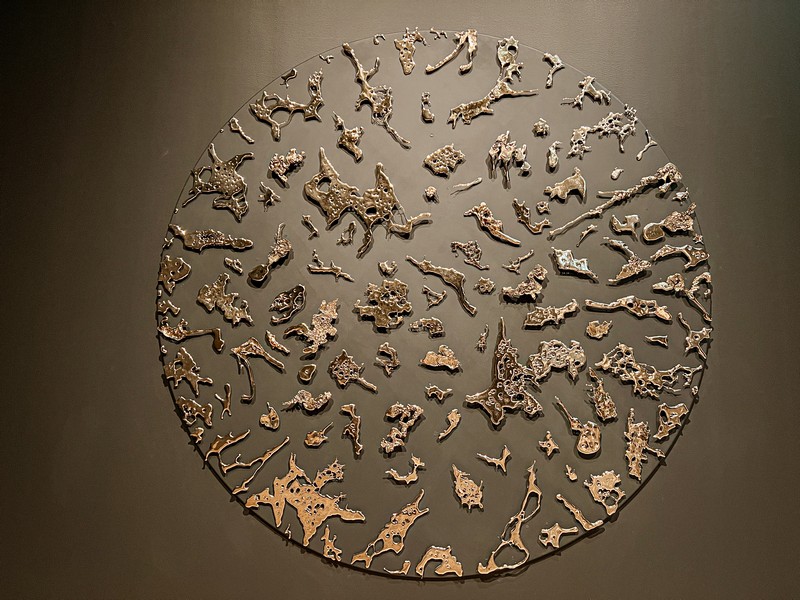
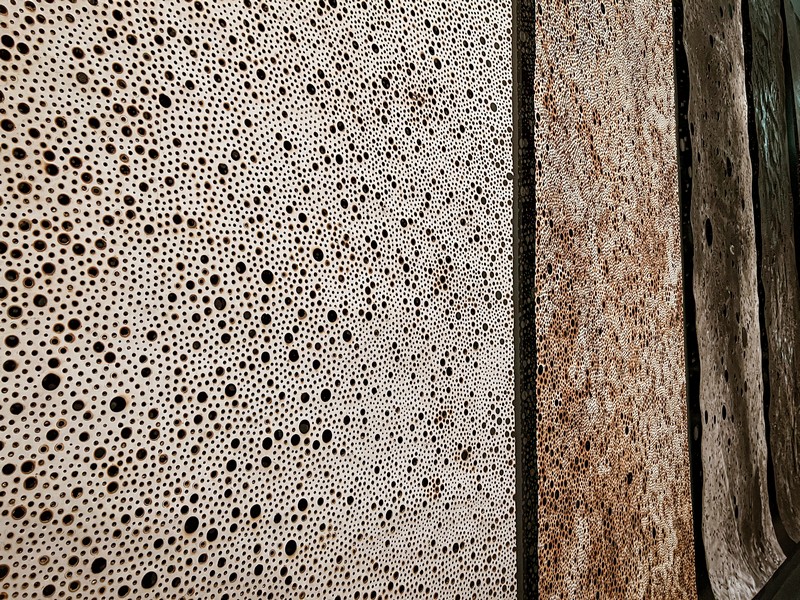
As Lindy Lee says:
My work is all about time… the primary truth is that everything changes from moment to moment… nothing is permanent.
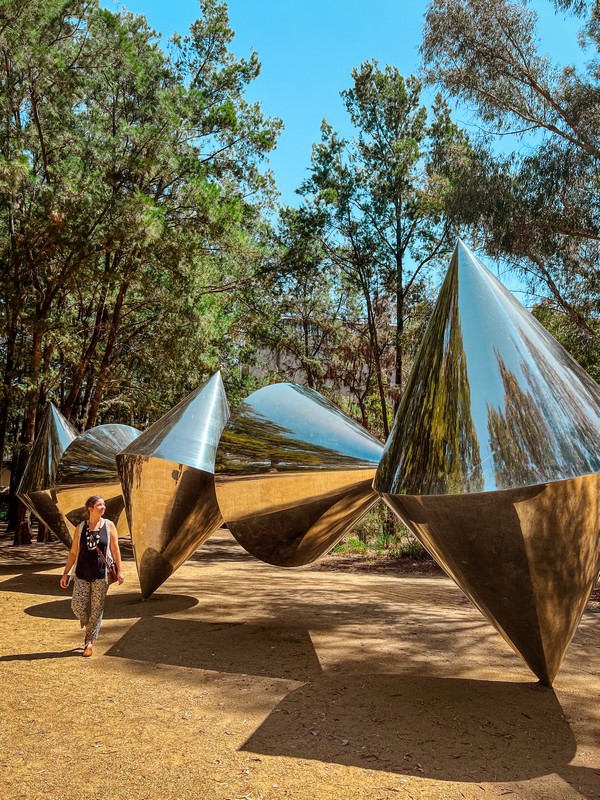
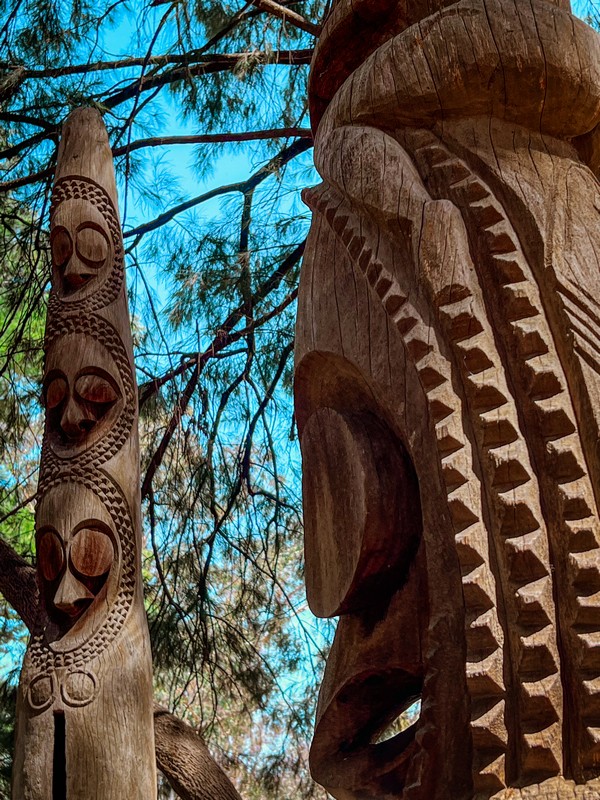
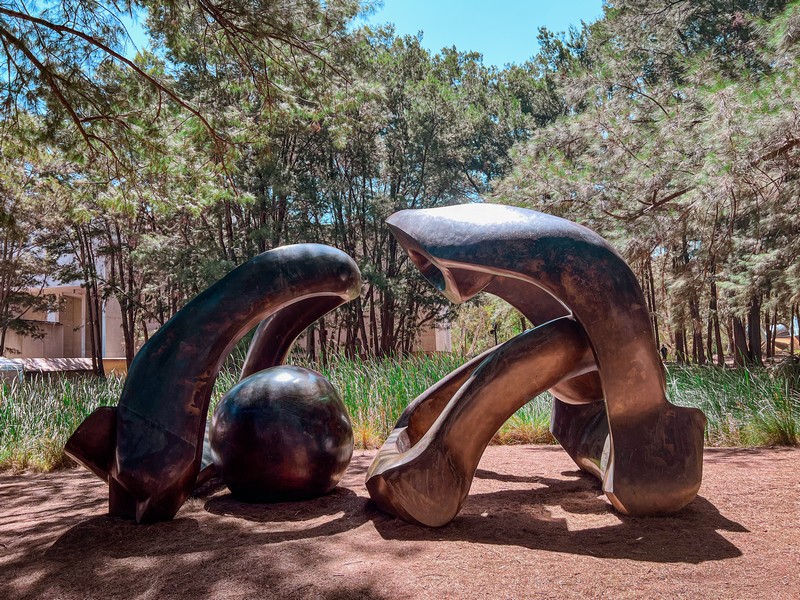
A Sculpture Garden That Sparks the Imagination
After seeing what was inside, we headed outdoors to enjoy a scavenger hunt-style wander to find everything in the sculpture garden. Free to explore and full of surprises, this outdoor gallery lets art feel a little less “hands-off” and a lot more playful.
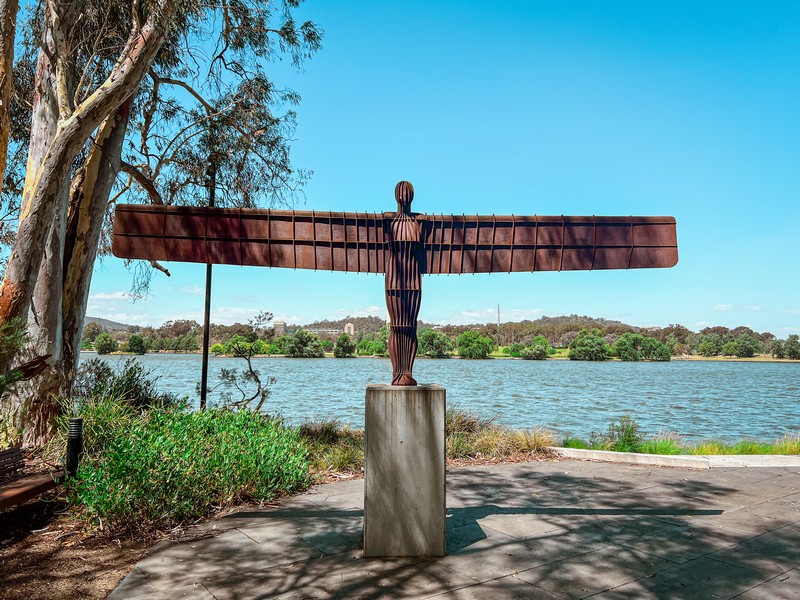
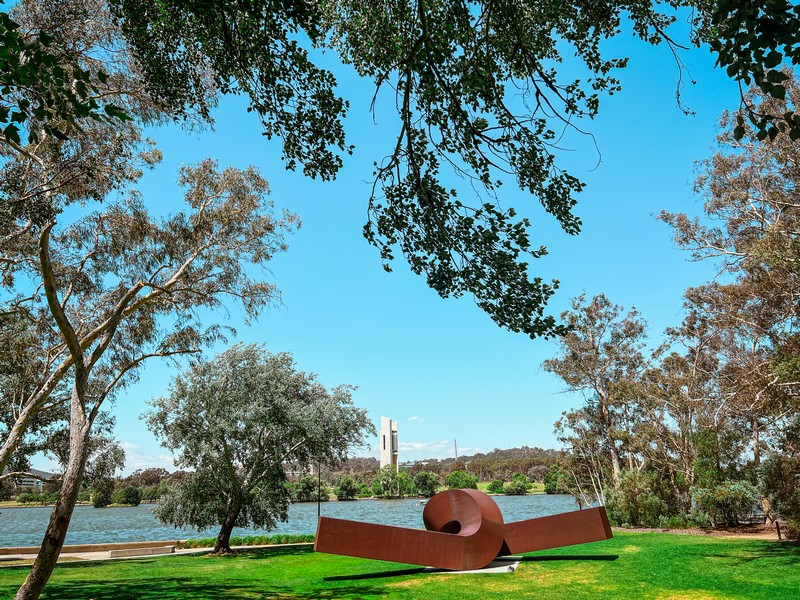

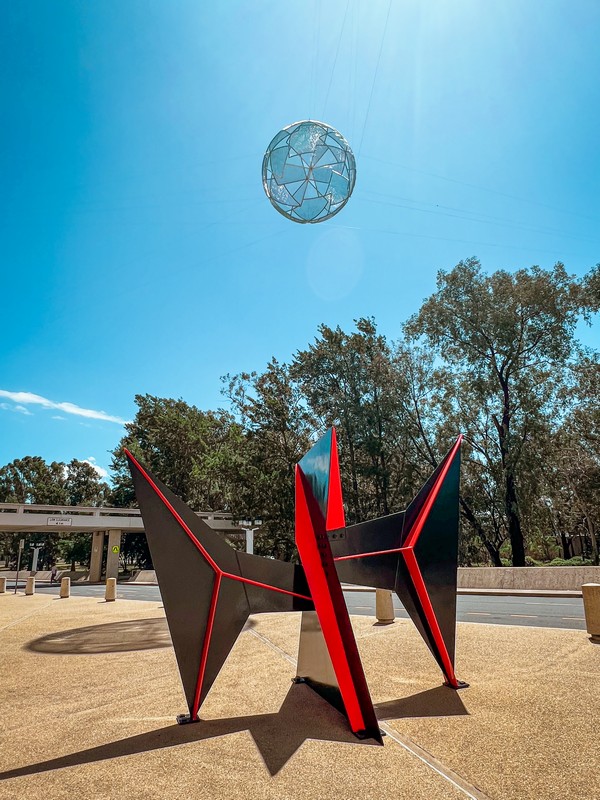

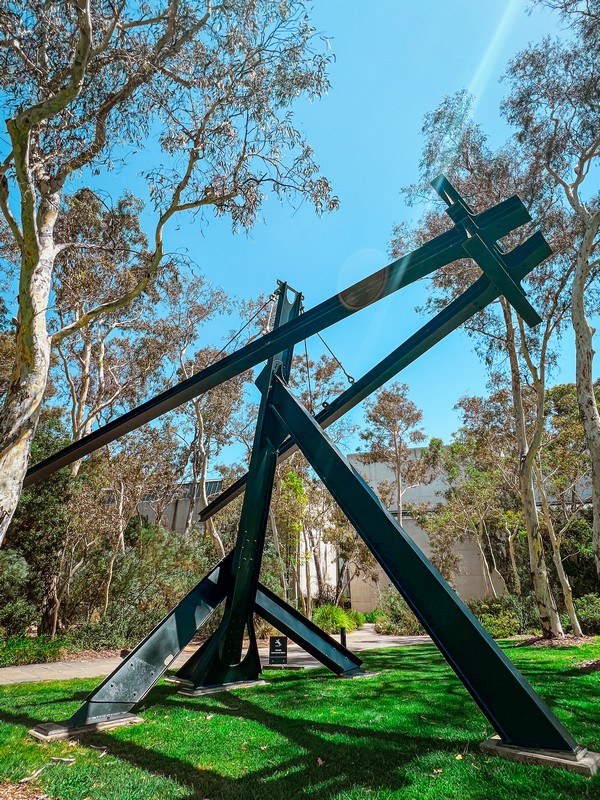
Watching my daughter and her cousins mimic the shapes of the sculptures was one of those moments that reminded me why family travel is so rewarding. They weren’t just looking at art, they were engaging with it, interpreting it with their bodies, their laughter, and their imaginations.
Bonus: The garden is beautifully planted with native flora and even includes James Turrell’s Skyspace, a peaceful architectural installation that blends sky, light, and stillness.
Canberra may not have the glitz of Sydney or the surf of the Gold Coast, but it has depth, thoughtfulness, and a collection of museums and cultural institutions that families shouldn’t overlook. Is Canberra family-friendly? Absolutely!
Did you like this post? Pin iT!
